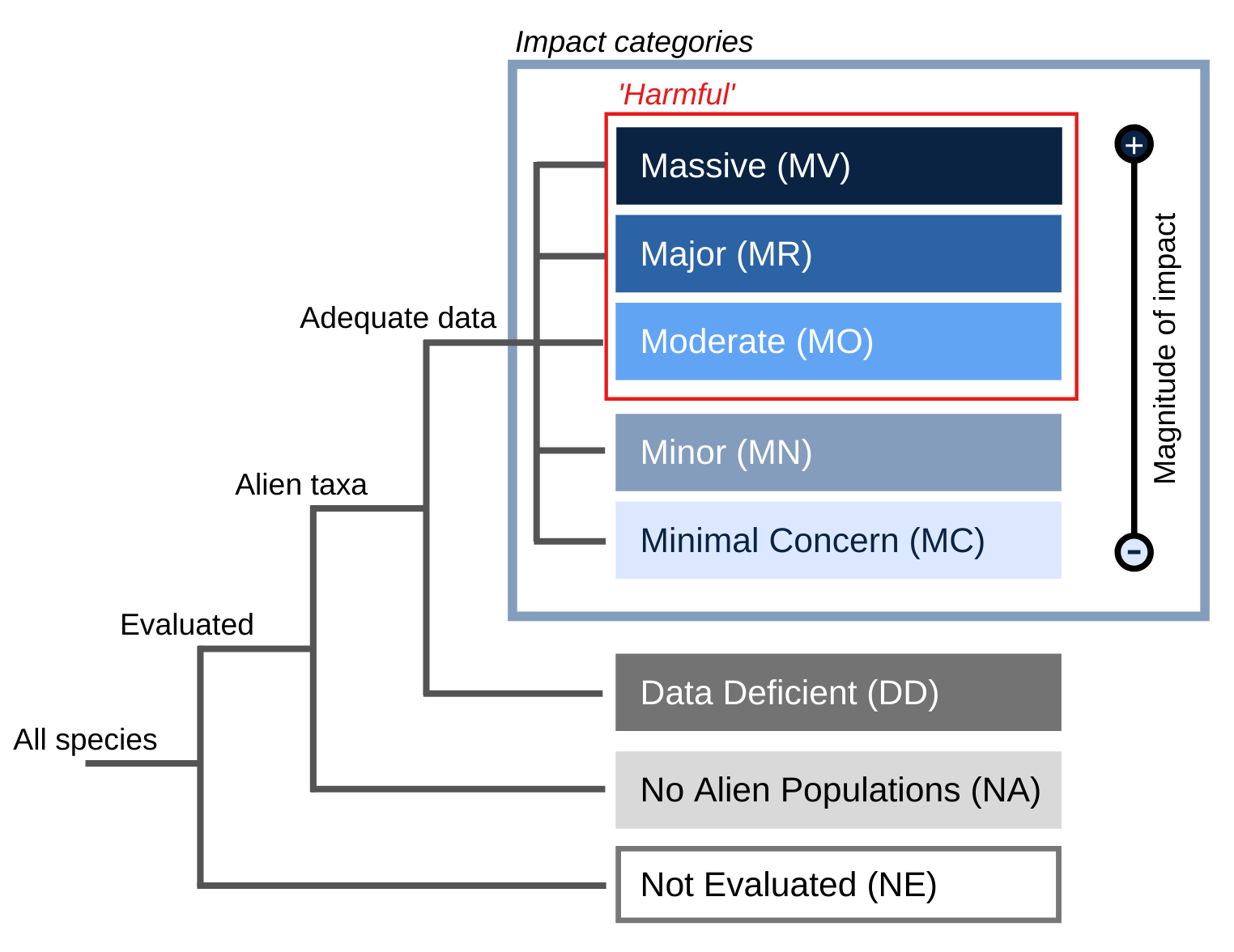- General
- Distribution
- Impact
- Management
- Bibliography
- Contact
Aristichthys nobilis , (Richardson, 1845)
Hypophthalmichthys mantschuricus , Kner, 1867
Recent research has shown that certain cultural practices are also confounding carp management. Higbee et al. (2004) state that, \"It has been discovered that an increasing population within the Great Lakes region uses live invasive fish for religious and cultural purposes. Asian carp, such as H. nobilis , have been discovered in public ponds and lagoons in the Great Lakes region, and media stories indicate that these fish are being intentionally released as part of a religious ceremony. The hojo-e ceremony of releasing living beings into the wild is a ritual performed in a number of Buddhist countries, particularly in Eastern Asia. The ritual, developed in Japan, is based on the principle of compassionate action toward animals to accrue merit for the afterlife. Followers of this tradition believe that performing good deeds such as releasing captive animals will lengthen their own life span. Although this practice occurs in the United States (where it is common to release goldfish, turtles, and birds), this ritual is usually performed in a pond at a Buddhist temple under the guidance of a monk. In the Czech Republic, it is tradition to keep a live carp in the bathtub for a few days before a Christmas feast. It has been found that some people buy two; one to eat, and one to release into a river\".
Principal source: Higbee et al. 2004. The Live Food Fish Industry: New Challenges in Preventing the Introduction and Spread of Aquatic Invasive Species.
Compiler: National Biological Information Infrastructure (NBII) & IUCN/SSC Invasive Species Specialist Group (ISSG)
Review: Dr. Robert J. Radke Fish Ecologist Germany
Publication date: 2005-07-08
Recommended citation: Global Invasive Species Database (2025) Species profile: Hypophthalmichthys nobilis. Downloaded from http://www.iucngisd.org/gisd/species.php?sc=773 on 17-11-2025.
USGS-NAS (2005) reports that, \"Because bighead carp are planktivorous and attain a large size, Laird and Page (1996) suggested these carp have the potential to deplete zooplankton populations. A decline in the availability of plankton can lead to reductions in populations of native species that rely on plankton for food, including all larval fishes, some adult fishes, and native mussels.\" H. nobilis is also a carrier of several different fish diseases that can be spread through its escape and introduction (FIGIS, 2005).
Biological: Stone et al. (2000) report that, \"Many states in the U.S. prohibit the introduction of H. nobilis or require a special permit for a bio-secure facility. Triploid H. nobilis (apparently sterile) have been produced and could be raised for market.\"







